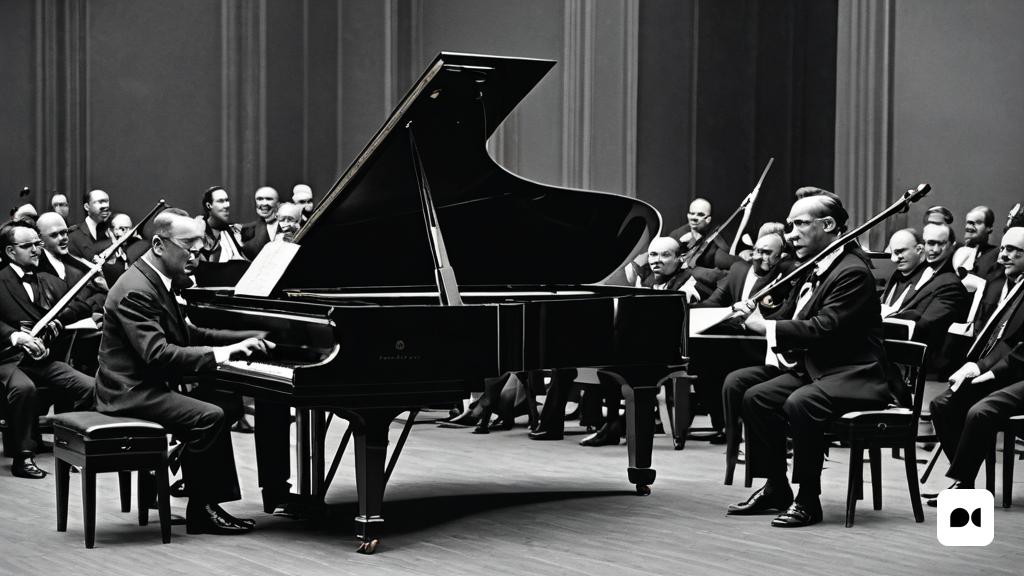A contrast of composers and styles
Among the premiere of the Piano Concerto no. 3 in D minor (op.30) by Rachmaninov (1909) and Stravinsky’s The Rite of Spring (1913) only four years passed. However, the universe of its composers, their attitude during that turbulent period and the style of both pieces could not be further apart: while Rakhmànivov (1873) resisted embracing the avant-garde currents that swept through Europe at the beginning of the 20th century, Stravinsky (1882) created a revolutionary piece that shook consciousness and literally changed the history of music.
Rachmaninoff’s virtuosity
Rachmaninov’s Piano Concerto No. 3 is known for its extreme technical difficulty and virtuosity. The composer wrote it for himself, demonstrating his own skills as a performer. Over time, this work has acquired an aura of legend, as it demands an almost superhuman physical effort for the performer. Despite the fact that Rachmaninov did not embrace the avant-garde currents of the time, his work is considered a challenge of the first order, full of frantic climaxes, passages loaded with pathos and martial touches.
Stravinsky’s revolution
In contrast, Stravinsky embraced modernity with enthusiasm. His best-known work, The Rite of Spring, caused a great impact on the world of music. With bold and provocative choreography by Nijinski, this ballet sparked violent reactions and widespread misunderstanding. The dissonances, the extreme orchestration and the disconcerting use of rhythmics shook the audience. The Rite of Spring is a revolutionary, wild and bewildering piece that continues to fascinate us more than a century after its premiere.
A unique opportunity
This May, the Franz Schubert Philharmonic will offer three concerts in Tarragona, Sant Cugat and Barcelona, where you can enjoy the exciting scores of Rakhmàninov and Stravinsky. It will be a unique opportunity to experience the contrasting emotional expression of these two great composers.

